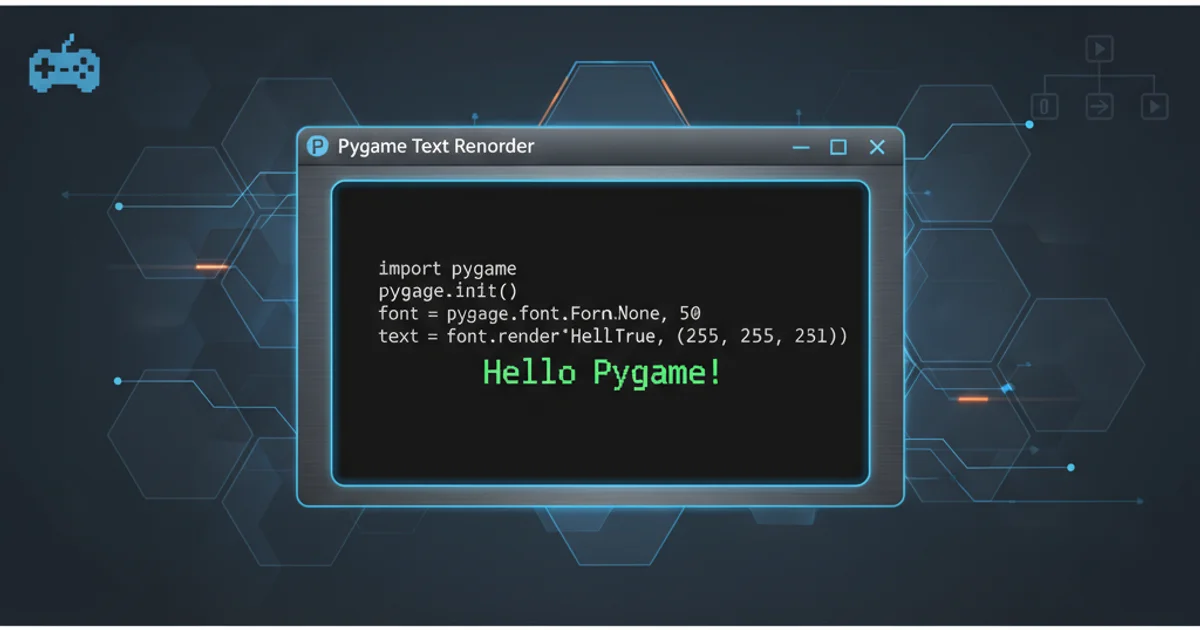Use of "instanceof" in Java
Categories:
Understanding the 'instanceof' Operator in Java

Explore the Java 'instanceof' operator: its purpose, usage, and best practices for type checking objects at runtime.
The instanceof operator in Java is a binary operator used for runtime type checking. It determines whether an object is an instance of a particular class or an instance of a class that implements a particular interface. This operator is crucial for writing robust and type-safe code, especially when dealing with polymorphism and inheritance hierarchies.
Basic Usage and Syntax
The instanceof operator takes two operands: an object reference and a type (class or interface name). It returns true if the object is an instance of the specified type or a subtype of that type; otherwise, it returns false. If the object reference is null, instanceof always returns false.
class Animal {}
class Dog extends Animal {}
class Cat extends Animal {}
public class InstanceofExample {
public static void main(String[] args) {
Animal myDog = new Dog();
Animal myCat = new Cat();
Animal genericAnimal = new Animal();
Animal nullAnimal = null;
System.out.println("myDog instanceof Dog: " + (myDog instanceof Dog)); // true
System.out.println("myDog instanceof Animal: " + (myDog instanceof Animal)); // true
System.out.println("myDog instanceof Cat: " + (myDog instanceof Cat)); // false
System.out.println("myCat instanceof Dog: " + (myCat instanceof Dog)); // false
System.out.println("myCat instanceof Animal: " + (myCat instanceof Animal)); // true
System.out.println("genericAnimal instanceof Dog: " + (genericAnimal instanceof Dog)); // false
System.out.println("nullAnimal instanceof Animal: " + (nullAnimal instanceof Animal)); // false
}
}
Basic demonstration of the instanceof operator.
Pattern Matching for instanceof (Java 16+)
Starting with Java 16, instanceof was enhanced with pattern matching, significantly reducing boilerplate code. Instead of checking the type and then casting in separate steps, you can now do both concisely within the if statement. This makes code cleaner and less error-prone.
interface Shape { void draw(); }
class Circle implements Shape { public void draw() { System.out.println("Drawing Circle"); } }
class Square implements Shape { public void draw() { System.out.println("Drawing Square"); } }
public class PatternMatchingExample {
public static void processShape(Shape shape) {
// Traditional way (pre-Java 16)
if (shape instanceof Circle) {
Circle circle = (Circle) shape;
circle.draw();
}
// With Pattern Matching for instanceof (Java 16+)
if (shape instanceof Square square) {
square.draw(); // 'square' is automatically cast to Square
}
}
public static void main(String[] args) {
processShape(new Circle());
processShape(new Square());
}
}
Comparing traditional instanceof with pattern matching.
flowchart TD
A[Object Reference] --> B{Is it null?}
B -- Yes --> C[Result: false]
B -- No --> D{Is Object an instance of Type?}
D -- Yes --> E[Result: true]
D -- No --> CDecision flow for the instanceof operator.
When to Use and When to Avoid instanceof
While instanceof is a powerful tool, overuse can sometimes indicate a design flaw. It's best used for specific scenarios like implementing equals() methods, handling objects from external sources (e.g., deserialization), or when working with heterogeneous collections where you need to perform type-specific operations. Over-reliance on instanceof for dispatching behavior often suggests that polymorphism could be better utilized.
instanceof when you need to perform different actions based on an object's type within an inheritance hierarchy. This often leads to more extensible and maintainable code.instanceof with interfaces. An object can be an instance of a class that implements multiple interfaces. instanceof will return true for any interface that the object's class implements.